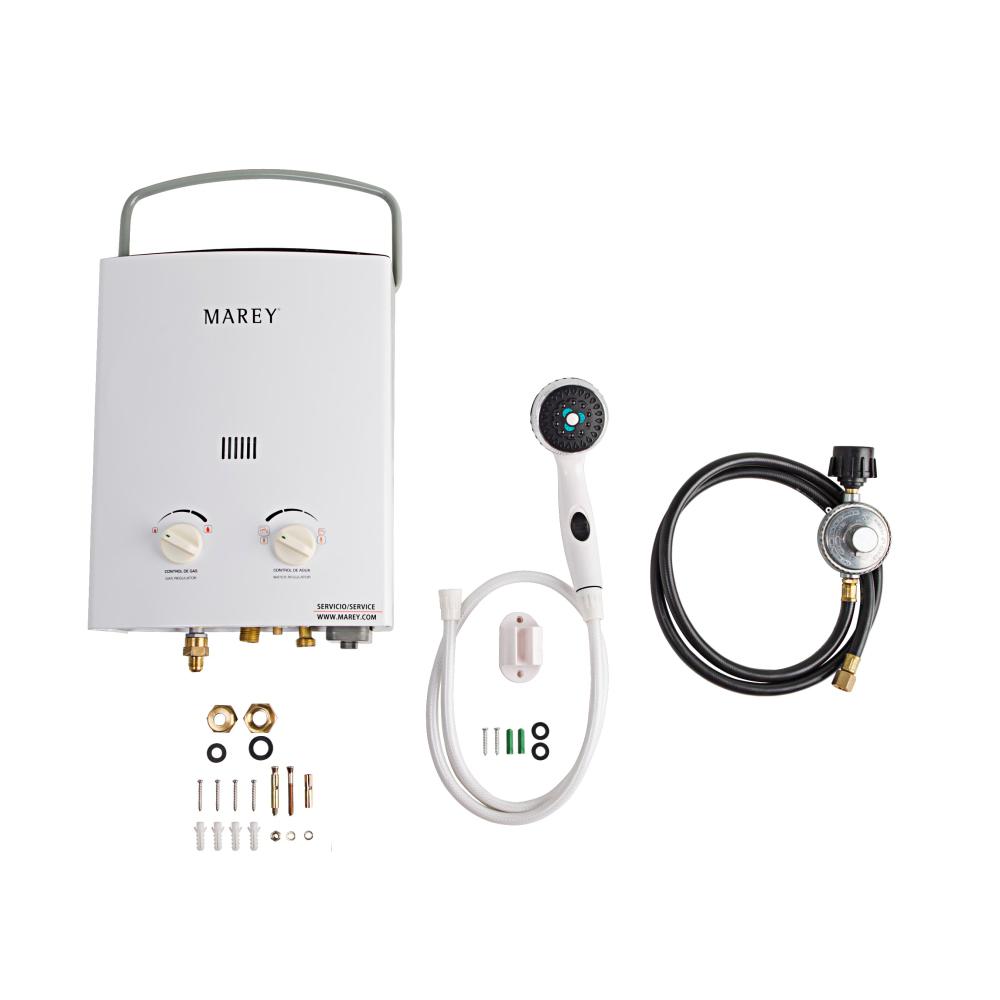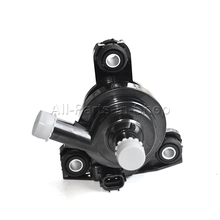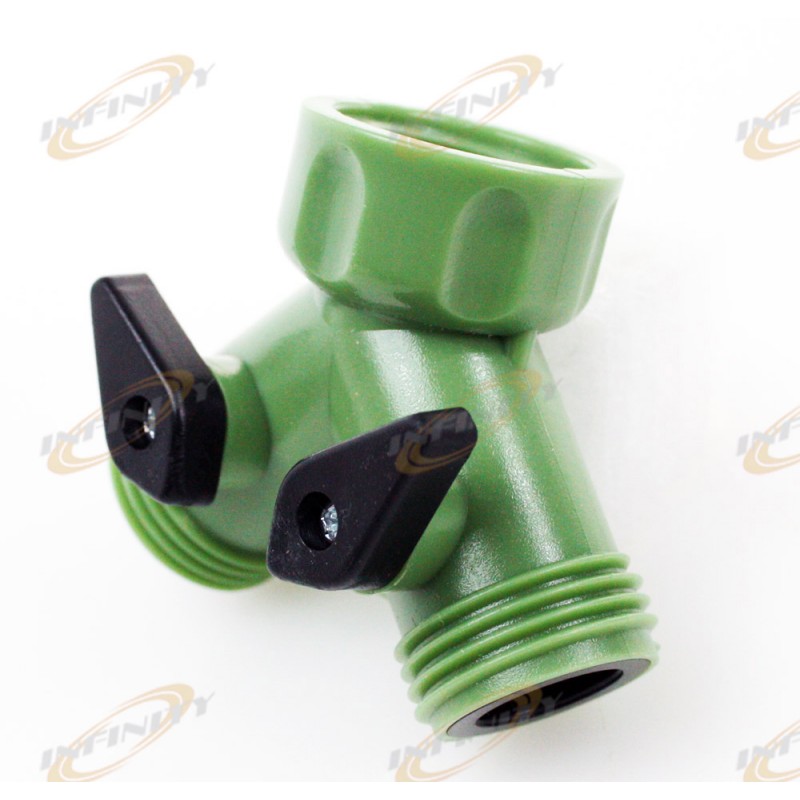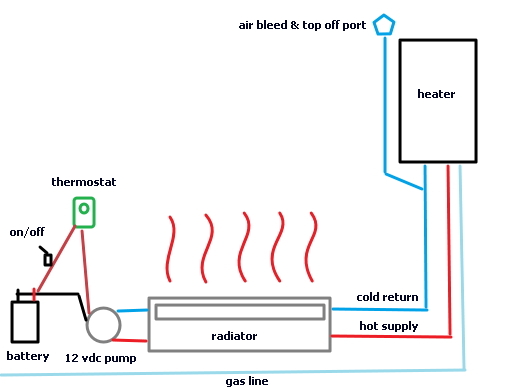eDJ_
Well-known member
The thought just came to me a few minutes ago. Why not use an inexpensive on demand hot water heater like a "Boiler" and plumb it into a loop of baseboard hydronic radiators. A pump could be switched on and off via a simple thermostat such that when the heating fluid (a 50% solution of swimming pool antifreeze and water/non toxic) would begin to move through the on demand propane water heater it would trigger the ignition to heat. (the water heater uses a couple of alkaline "D" cell batteries for ignition as it detects movement of fluid through it)
MAREY on demand water heater:

https://www.homedepot.com/p/MAREY-2-0-GPM-Liquid-Propane-Gas-Portable-Tankless-Water-Heater-GA5PO /204357330?cm_mmc=Shopping%7CG%7CVF%7CD26P%7C26-10_WATER_HEATERS%7CNA%7CPLA%7c71700000033150351%7c58700003868932468%7c92700031086624023&gclid=EAIaIQobChMIrezalOmW2gIVx16GCh3zgQX-EAQYASABEgLv0PD_BwE&dclid=CLHz5L_pltoCFYpTDAodDPcNJg
Simple enough?
The distribution would be routed via rubber automotive heater hose to the baseboard radiators. Like this:

Now, all that's missing is a water pump which is 12 VDC and can be found
in automotive wrecking yards. The thermostat may be "quality" mechanical
unit that would allow or interrupt the 12 VDC signal to the water pump. Just
to make or break contact. Honeywell CT410B is well regarded. A simple
toggle switch would turn the heating on or off when wired into the line ahead
of the thermostat.
Now, the water pump. The earlier Toyota Prius used a brushless water pump
that is common on eBay. It is rough and rugged and located behind the left
headlight. They look like this one: (and would fit in the palm of your hand)

I see them on eBay for around $35 bucks.
The pump should be at the opposite end of the heating circuit as pumps push fluids better when located in this manner. There should also be a port near the heater to bleed the air out of the heating circuit. (or zone)
This would be a single zone hydronic heating system. I used to have a hydronic heating system in my home
before I switched over to forced air.
This system wouldn't be as good as what is in a home, but for a rig it would be adequate. If one is traveling from a warm winter camp ground to a cooler higher elevation for the summer, this may provide dependable heat without having to even worry about air conditioning.
Now, this is the concept I have for a heating system. We've discussed running PEX tubing under the sub floor
to have radiant floor heat. Whatever you would wish to do. But the re-purposing of these three elements, the on demand water heater as a boiler, the Toyota (or other vehicles that use similar) pump which can handle hot water with no problem, and a radiator system of some kind along with a mechanical thermostat (which doesn't require an electrical signal) may be a solution to having a heating system in one's rig.
As I've thought about the heating system, I also considered using "Y" valves like you would use for garden hoses on the on demand water heater.

In this case the heating system could be switched off and a tank with a 2 gallon per minute water tank could supply water into the heater. The output would go through the wall of the rig to the outside for a heated shower. This may take a little extra design to have a manifold where hot and cold water could be mixed for a comfortable shower. On the outside of he rig a small tent enclosure may provide privacy when taking a shower. But this is just a "Value Added" idea. The water heater doesn't contain much water at any given time so running it a few seconds should wash out any 50% antifreeze solution before taking a shower.
With this system the main concern would be with having a good supply of propane and if a shower were incorporated, then having water to shower with.
Any thoughts on this idea?
MAREY on demand water heater:

https://www.homedepot.com/p/MAREY-2-0-GPM-Liquid-Propane-Gas-Portable-Tankless-Water-Heater-GA5PO /204357330?cm_mmc=Shopping%7CG%7CVF%7CD26P%7C26-10_WATER_HEATERS%7CNA%7CPLA%7c71700000033150351%7c58700003868932468%7c92700031086624023&gclid=EAIaIQobChMIrezalOmW2gIVx16GCh3zgQX-EAQYASABEgLv0PD_BwE&dclid=CLHz5L_pltoCFYpTDAodDPcNJg
Simple enough?
The distribution would be routed via rubber automotive heater hose to the baseboard radiators. Like this:

Now, all that's missing is a water pump which is 12 VDC and can be found
in automotive wrecking yards. The thermostat may be "quality" mechanical
unit that would allow or interrupt the 12 VDC signal to the water pump. Just
to make or break contact. Honeywell CT410B is well regarded. A simple
toggle switch would turn the heating on or off when wired into the line ahead
of the thermostat.
Now, the water pump. The earlier Toyota Prius used a brushless water pump
that is common on eBay. It is rough and rugged and located behind the left
headlight. They look like this one: (and would fit in the palm of your hand)

I see them on eBay for around $35 bucks.
The pump should be at the opposite end of the heating circuit as pumps push fluids better when located in this manner. There should also be a port near the heater to bleed the air out of the heating circuit. (or zone)
This would be a single zone hydronic heating system. I used to have a hydronic heating system in my home
before I switched over to forced air.
This system wouldn't be as good as what is in a home, but for a rig it would be adequate. If one is traveling from a warm winter camp ground to a cooler higher elevation for the summer, this may provide dependable heat without having to even worry about air conditioning.
Now, this is the concept I have for a heating system. We've discussed running PEX tubing under the sub floor
to have radiant floor heat. Whatever you would wish to do. But the re-purposing of these three elements, the on demand water heater as a boiler, the Toyota (or other vehicles that use similar) pump which can handle hot water with no problem, and a radiator system of some kind along with a mechanical thermostat (which doesn't require an electrical signal) may be a solution to having a heating system in one's rig.
As I've thought about the heating system, I also considered using "Y" valves like you would use for garden hoses on the on demand water heater.

In this case the heating system could be switched off and a tank with a 2 gallon per minute water tank could supply water into the heater. The output would go through the wall of the rig to the outside for a heated shower. This may take a little extra design to have a manifold where hot and cold water could be mixed for a comfortable shower. On the outside of he rig a small tent enclosure may provide privacy when taking a shower. But this is just a "Value Added" idea. The water heater doesn't contain much water at any given time so running it a few seconds should wash out any 50% antifreeze solution before taking a shower.
With this system the main concern would be with having a good supply of propane and if a shower were incorporated, then having water to shower with.
Any thoughts on this idea?




